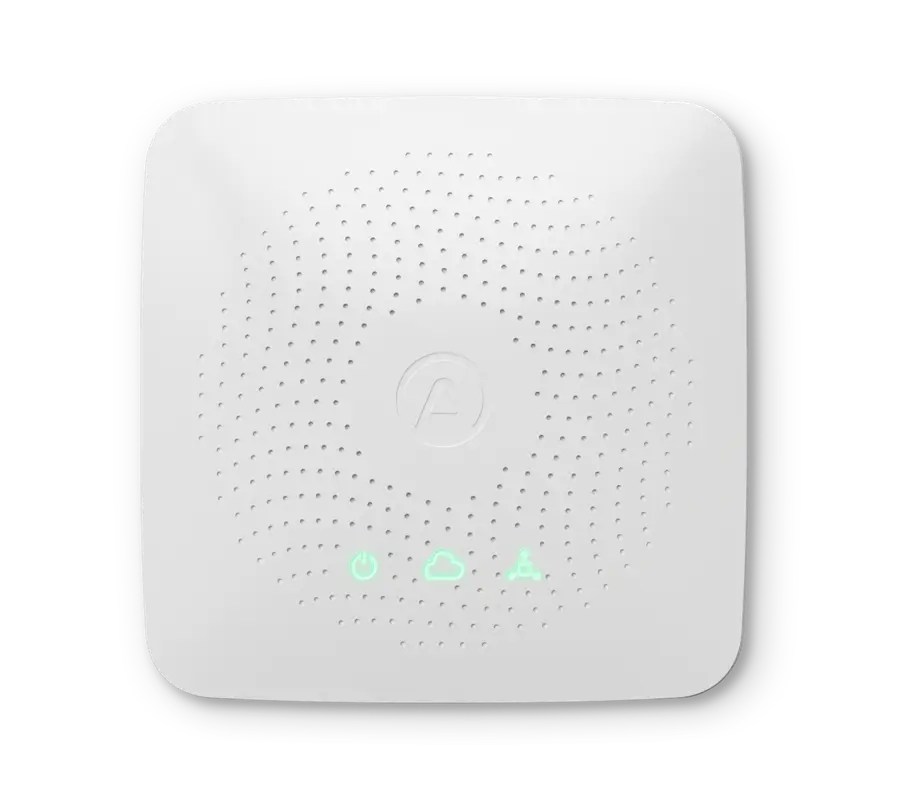Here are some actions you can take to keep your indoor air quality fresh and healthy..png)
Don’t rely on plants to clean your air
Many home decor and health websites state that keeping house plants will reduce air pollution inside your home. They mostly quote a 1989 study by NASA2, where low-light requiring plants in small containers along with activated carbon plant filters were found to reduce trace organic pollutants from the air.
 In a recent study, Michael Waring and his co-author reviewed previously published papers and have some new insights3. Potted plants do very little to remove toxins and dangerous air from your home4.
In a recent study, Michael Waring and his co-author reviewed previously published papers and have some new insights3. Potted plants do very little to remove toxins and dangerous air from your home4.
Waring says that plants do remove Volatile Organic Compounds (VOCs) in the air, but they don’t do it faster than the ventilation systems already present in buildings.
.png)
A ridiculous amount of plants are required to remove toxins in your apartment. Your landlord may not appreciate a jungle growing in the apartment.
Nevertheless, they are still a refreshing addition to your home and you should definitely buy some for improving your mood, concentration and decor. A study also found that plants alter the microbiome of a built environment, and that indoor plants led to an increase in the variety of bacteria on surfaces, and decrease in fungus varieties5.
How to remove the source of indoor air pollution
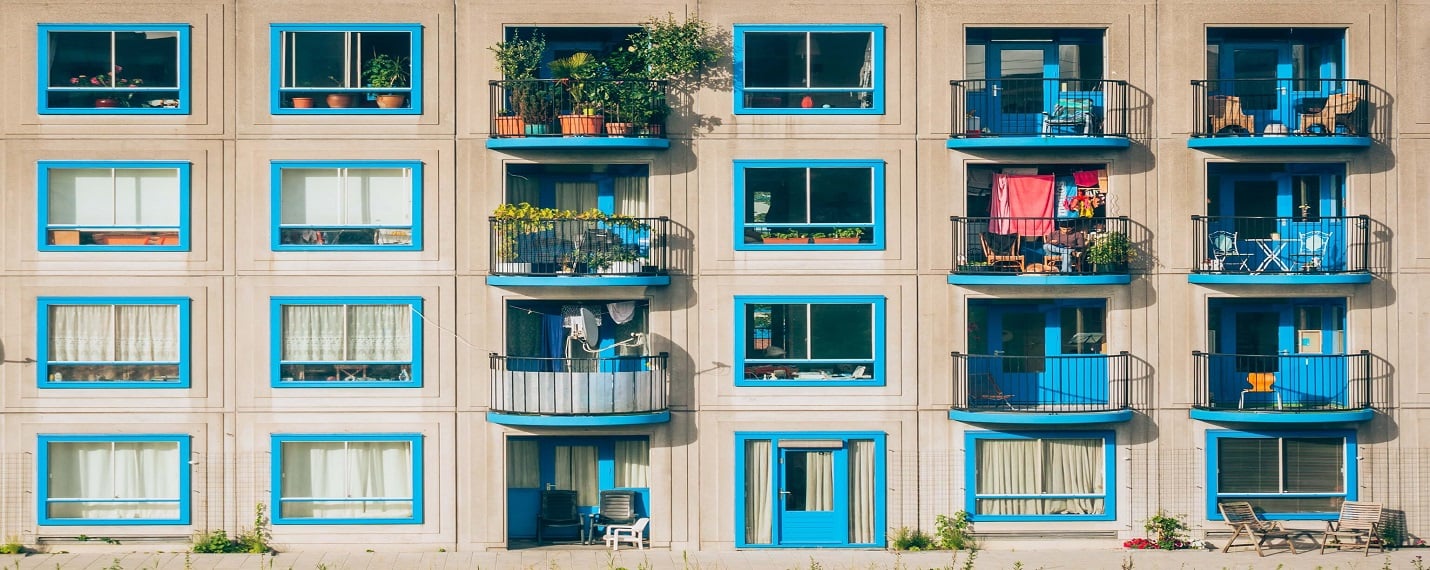 The EPA states that the indoor concentrations of some pollutants have increased in recent years as more and more buildings are built for energy-efficiency, and they might lack sufficient mechanical ventilation6. Increasing usage of synthetic building materials, furniture, pesticides, and cleaning agents are also worrying about our indoor air.
The EPA states that the indoor concentrations of some pollutants have increased in recent years as more and more buildings are built for energy-efficiency, and they might lack sufficient mechanical ventilation6. Increasing usage of synthetic building materials, furniture, pesticides, and cleaning agents are also worrying about our indoor air.
Removing the source of air pollution is the best way to clean your air. Here are some quick and efficient ways to do just that:
- In apartments, carpets are a great way to add color to your decor as well as for soundproofing. However, the fluffier the carpets, the more they trap irritation-inducing dust particles, dander and fungus. Clean your carpets regularly to ensure they aren't making your air unhealthy.
- Consider installing hard flooring instead of carpeted floor as it can be cleaned regularly and any trace of moisture can be wiped away.
- Remove your shoes outside, as they can bring home unwanted dirt, dust and chemicals. Placing a shoe rack by the entryway is a good way to keep your floors and indoor air clean.
- You might consider natural air fresheners to eliminate toxic odors building up in your home. Waring says that clean air is absent of odors, hence spraying your home with air freshners is just spritzing air with perfume7.
- In cramped spaces such as apartments, fumes released by chemical cleaners can reach dangerous levels. You can make DIY cleaners using natural and organic ingredients. For an effective countertop cleaner, mix a teaspoon of natural dish detergent, 3 cups of water and some drops of sweet orange essential oil in a spray bottle8.
- Regular vacuuming and dusting will improve air quality too as some hard-to-reach places accumulate dust over time.
- Inspect and clean out your air filters regularly, to prevent unhealthy air to recirculate into your apartment.
- Inspect all faucets and showers to ensure there is no leakage of water anywhere in the apartment, to prevent moisture buildup.
- Turning on your hood exhaust while cooking food will help remove chemicals, odors, smoke and other pollutants that you might not know are being emitted. Proper ventilation will rid your apartment of the smells as well as reduce buildup of mold and bacteria.
- Garbage cans must have tightly-fitted lids that prevent bad odors to spread inside the apartment.
- When playing with paints and glue, consider creating your artworks outdoors or on the balcony.
Things you should know about mold
.jpg)
Living in apartments, there are certain things you should know about mold9. Mold is problematic if it is present indoors, as it can cause or exacerbate health problems including allergic reactions, asthma and respiratory issues, as well as allergy from dust mites. Eliminating the source of moisture and fixing any water problem or leak in your home is the best place to start.
For a healthy home, relative humidity indoors should be between 30-50%. If the humidity dips too low or goes too high, the indoor environment can get excessively dry or humid, bringing with it it’s own set of health issues. Ensure that your bathrooms are ventilated properly and that you are using a dehumidifier if you live in an exceptionally humid area.
Installing non-absorbent surfaces in kitchens and bathrooms, weather-proofing your apartment, sufficient ventilation and plumbing are some common ways to prevent your home from succumbing to dampness. Finding mold in your apartment can be a scary revelation, however, the Centers for Disease Control and Prevention writes that the color of mold is not an indication of how toxic or dangerous it might be10.
Radon gas - is it in my apartment?
Radon is an invisible, odorless gas that is present in every home. It carries with it considerable health risks, if exposed to high levels over a long period. A radioactive gas, it forms due to the natural breakdown of uranium.
Cracks in building foundations increase the likelihood of radon build-up for lower levels. However, no apartment floor is completely safe and the best thing to do is monitor radon levels regularly.
Most radon exposure occurs inside homes, schools and workplaces. It can leak into apartments through cracks in the concrete and gaps in the foundation and the structure of a building. It can even be pulled in because of changes in building pressure and ventilation.
Through monitoring, you can understand your levels and take easy steps to ventilate accordingly when radon levels are too high.
With Airthings Wave Plus, gain full visibility into 6 indoor air quality factors: radon, CO2, VOCs, humidity, temperature and air pressure. When you know what’s in the air you breathe, small changes in your daily habits make a big difference to the health of your family.
Interested in measuring only temperature, VOCs and humidity? Our Wave Mini can provide you with a complete understanding of your indoor air in every room.
Sources -
- https://www.epa.gov/report-environment/indoor-air-quality
- https://ntrs.nasa.gov/archive/nasa/casi.ntrs.nasa.gov/19930073077.pdf
- https://www.nature.com/articles/s41370-019-0175-9
- https://www.nationalgeographic.com/science/2019/11/houseplants-dont-purify-indoor-air/
- https://www.ncbi.nlm.nih.gov/pmc/articles/PMC4552223/
- https://www.epa.gov/report-environment/indoor-air-quality
- https://www.nationalgeographic.com/science/2019/11/houseplants-dont-purify-indoor-air/
- https://globalhealing.com/natural-health/12-diy-cleaning-recipes/
- https://www.airthings.com/resources/how-mold-impacts-health-in-your-home
- https://www.cdc.gov/mold/faqs.htm










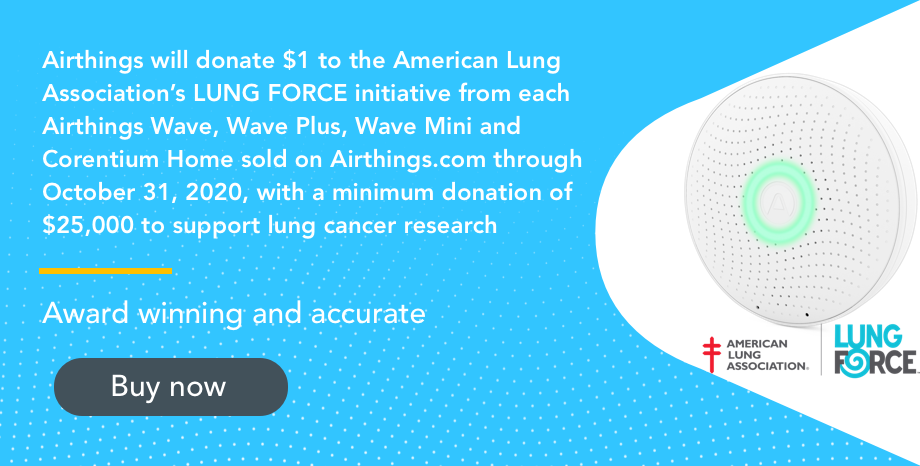
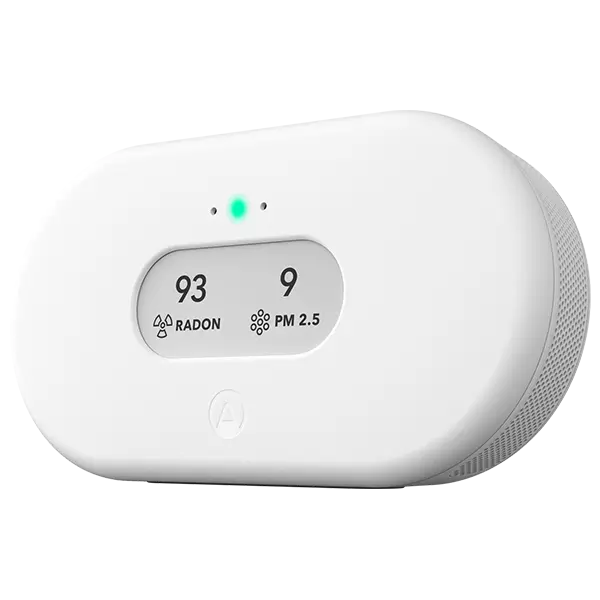
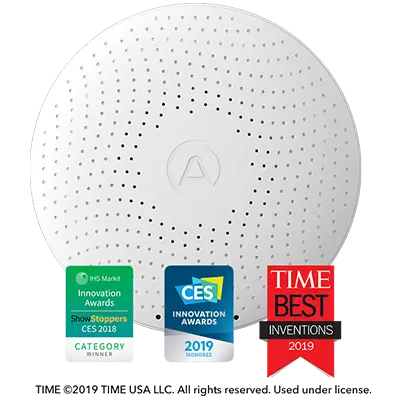
%20(1).webp)

%20(1).webp)
